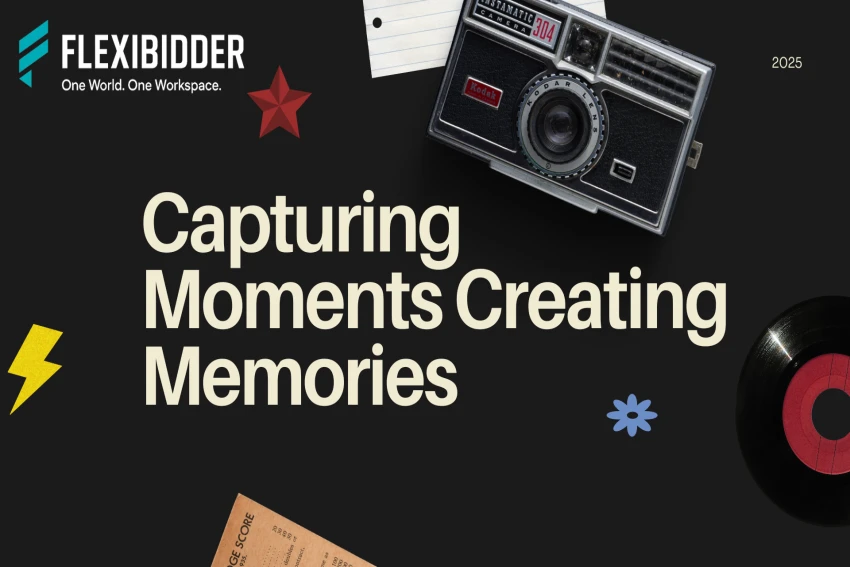
Photography in 2025 is more than just a visual medium — it’s a form of personal expression, storytelling, and connection. Whether you’re a professional photographer or someone who simply loves to document life, the art and technology of photography have evolved in ways that make creativity more accessible and impactful than ever.
This year, trends focus not just on camera specs, but on how and why we shoot. From mobile photography and AI editing to the return of film and authentic storytelling, photography is entering an exciting new chapter.
Smartphone cameras have become remarkably powerful, making photography more democratic than ever. With computational photography, portrait mode enhancements, and pro editing apps right in your pocket, you no longer need a DSLR to take stunning photos.
Mobile photography isn’t just convenient — it’s redefining what creativity looks like on the go. Whether capturing street life, food, travel, or candid moments, mobile tools allow for spontaneity without sacrificing quality.
In the past, photography often centered around technical perfection. Now, it’s about authenticity and emotion. Viewers are drawn to imperfect, real moments — the laughter behind a blur, the light leak in a candid, the grain in a night shot.
This shift is especially visible on social platforms and personal blogs, where visual storytelling resonates more than staged, polished photos. The goal is to tell a story, not just showcase a shot.
Many photographers are simplifying their kits and focusing on creativity over equipment. A single mirrorless camera and a prime lens are often enough to capture an entire story.
Less gear encourages you to think more about composition, lighting, and subject. It invites you to be present in the moment rather than distracted by technical adjustments.
Photo editing has been revolutionized by AI-powered tools. Applications can now enhance lighting, remove objects, adjust composition, and even recreate skies — all with a few clicks.
However, the focus is shifting toward subtle edits that preserve realism. The trend is toward light retouching, maintaining mood, and honoring the original intent of the photo.
In contrast to high-tech editing, many creators are embracing the nostalgic, tactile feel of film. The grain, color tones, and unpredictability of analog photography bring a human touch that digital sometimes lacks.
Film cameras, instant prints, and light leaks are all part of this artistic revival — proving that beauty often lies in imperfection.
Photographers in 2025 are increasingly using their craft for a cause — documenting environmental change, social movements, and human resilience. There’s a growing responsibility in visual storytelling to inform, inspire, and advocate for change.
Whether you're capturing a protest, a natural landscape, or cultural heritage, thoughtful photography can move people to care and act.
Photography in 2025 is deeply personal, widely accessible, and more powerful than ever. It invites us to pause, observe, and create with meaning — not just to impress, but to connect.
Whether you're capturing fleeting expressions, stunning landscapes, or simple daily rituals, remember that the most impactful photo is the one that feels something — not just looks perfect.
“A photograph is the pause button of life.”
— Ty Holland
Your lens is your voice. Use it not just to see, but to say something that matters.
No comments yet. Be the first to comment.
No related posts found.